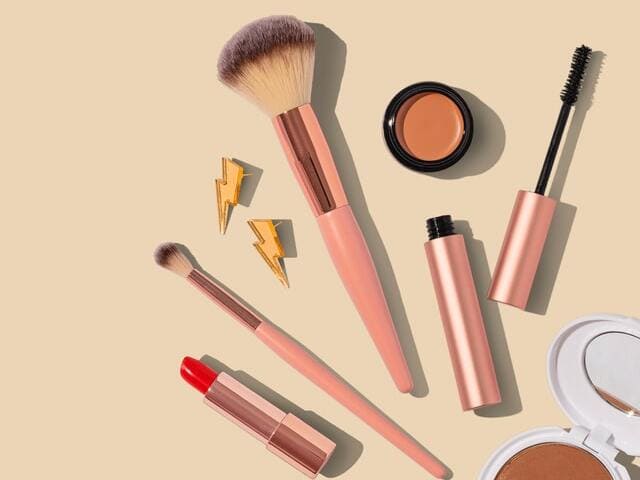L’Oréal also owns more than 36 different brands in several sectors, including the general public, luxury goods, professionals and active cosmetics.
In addition, the company is also present in more than 150 countries and was able to file 497 new patents in 2019. Finally, L’Oréal has more than 88,000 employees around the world.
Internal group diagnosis
In order to establish the internal diagnosis of the company, we will analyze its strengths, but also its weaknesses.
L'Oréal undoubtedly has a number of strengths. One of the first being its notoriety since the group is known in a large number of countries. As a world leader L’Oréal appeals to a large number of consumers, including foreigners and, especially the Chinese, who are very close to the brand and all of its versions.
L’Oréal is present in several segments, as we saw in the introduction. It should also be noted that the dynamic is very strong in terms of innovations, with a large number of patents filed each year. The sums allocated to research and development are very important, and this allows it to stand out effectively from the competition.
Given its multiple areas of activity, from consumer products to ultra-luxury products, the group has a very wide price range, which allows it to attract and retain more consumers.
However, like all companies, L’Oréal necessarily has weaknesses, which can impact its long-term development. Investments in research are indeed very expensive, and the group must not forget to also spend large sums on everything related to marketing. Despite its notoriety, the company also remains very dependent on certain markets, such as the United States, Europe and Asia, in particular.
In addition, its 88,000 employees lead to a very significant management dynamic, and this requires a flawless organization in all countries.
The group's external diagnosis
To highlight the elements of the external diagnosis, we will talk more about the present opportunities as well as the threats that can weigh on the company and make it more fragile over time.
L'Oréal is a cosmetics company, and if it was still an exclusively female market a few years ago, the target audience has spread to increasingly younger teenagers first, but also to men.
In addition, digitization has made it possible to generate even more profits through e-commerce. Online shopping has become very common, especially among younger people. The health crisis brought its share of negativity, but also allowed the development of new consumption and purchasing habits.
Social networks also represent an opportunity for L'Oréal because they make it possible to maintain an almost permanent interaction with Internet users and, therefore, to better understand the expectations and needs of each, especially since these can change relatively often.
Finally, the development of new patents in emerging countries leads to an increase in notoriety and a wider target audience.
The threats remain, nevertheless, very present, and this, in spite of the worldwide reputation of the group. Even though L’Oréal is number 1 in the world today, new players can enter the market at any time and attract consumers. Think, for example, those who only offer organic and natural products; the latter are currently surfing a significant trend, and consumers are more and more attached to the protection of the environment, which further increases the number of their sales.
In addition, we must also think of all the competitors that already exist and who are also very famous, whether in the field of consumer sales as in that of luxury.
Product counterfeiting is unfortunately very widespread, and this regularly damages the reputation of the group. Customers also have high bargaining power; the more choices they have and the more their power increases.
Finally, regulations are constantly stricter and more demanding, forcing the group to be more vigilant.
Sources : L’Oréal, Café de la Bourse










